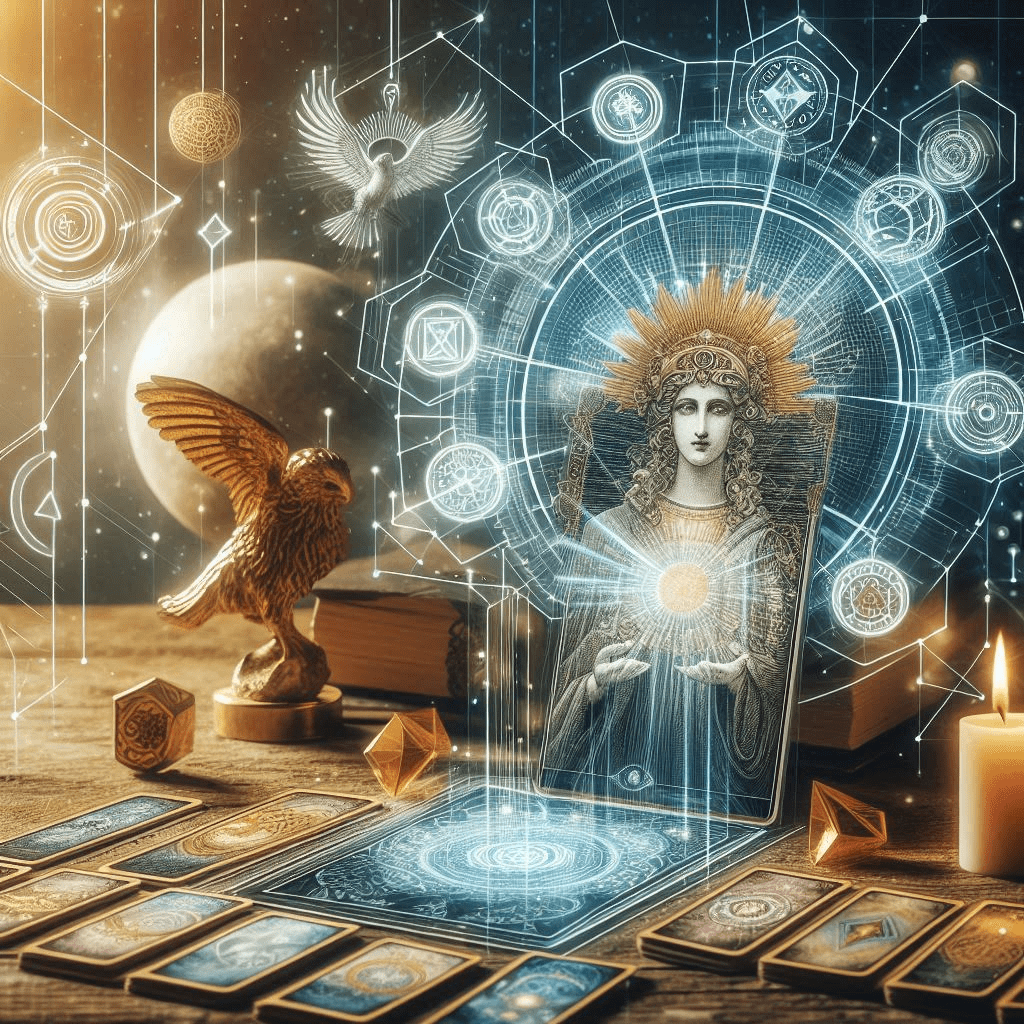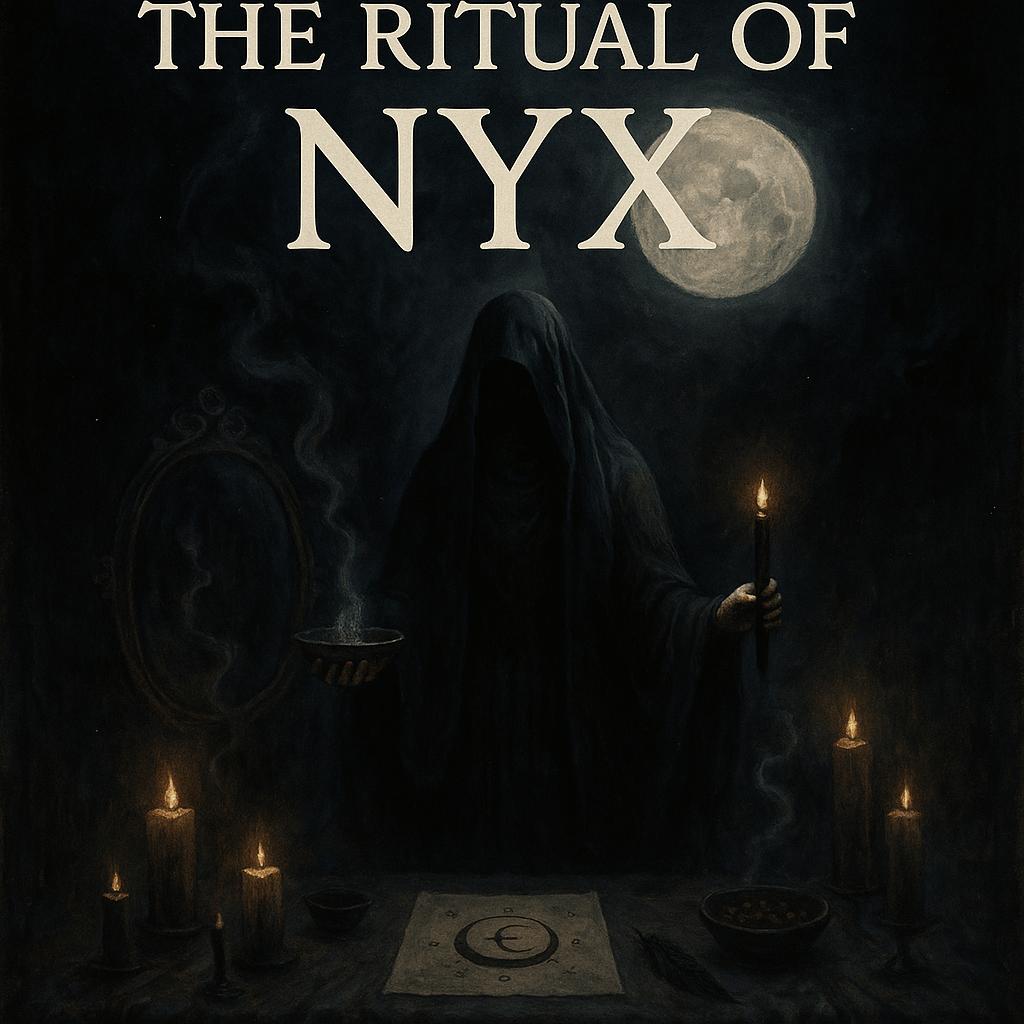Your cart is currently empty!

Tarot Reading in the Modern Age: A Guide to Self-Reflection and Spiritual Growth
Tarot reading has evolved over the centuries, transitioning from a niche practice to a mainstream tool for self-reflection, decision-making, and spiritual exploration. Its origins lie in the Renaissance, where tarot cards were primarily used as playing cards. However, by the 18th century, they became associated with mysticism and divination. Today, tarot reading has gained a renewed interest, thanks to modern technology, social media, and a growing focus on mental health and spirituality. This document explores how tarot reading has adapted to contemporary society and why it continues to thrive in the modern age.
The Historical Context of Tarot Reading
To understand tarot reading in the modern age, it is essential to trace its historical roots. The tarot deck originated in Italy in the 15th century as a card game known as “tarocchi.” These early decks were beautifully illustrated but lacked the esoteric significance they hold today. By the 18th century, occultists like Antoine Court de Gébelin and Éliphas Lévi began associating tarot cards with ancient Egyptian lore, Kabbalistic teachings, and astrology. This marked the transition of tarot from a game to a mystical tool.
The Rider-Waite-Smith deck, created in 1909, is one of the most iconic tarot decks and laid the foundation for modern tarot reading. Designed by Arthur Edward Waite and illustrated by Pamela Colman Smith, this deck introduced symbolic imagery that made tarot readings more accessible to the general public. The widespread availability of this deck contributed to the popularity of tarot in the 20th century.
Tarot Reading as a Tool for Self-Reflection
In the modern age, tarot reading is less about predicting the future and more about self-discovery. Many practitioners use tarot as a tool for introspection, helping individuals gain clarity on their thoughts, emotions, and life situations. Each card in the deck symbolizes archetypal themes and universal experiences, making tarot a versatile tool for exploring the human psyche.
The Major Arcana cards, for example, represent significant life events and spiritual lessons, while the Minor Arcana focuses on day-to-day experiences and challenges. Through a process of interpretation, tarot readers help clients uncover hidden truths, identify patterns, and make empowered decisions.
The Role of Technology in Modern Tarot
Technology has played a pivotal role in bringing tarot reading into the 21st century. The internet, social media, and mobile apps have made tarot accessible to a global audience. Here are some key ways technology has influenced tarot reading:
- Online Tarot Readings: Virtual platforms allow clients to receive tarot readings from the comfort of their homes. Video calls, chat sessions, and email readings have made tarot more convenient and inclusive, especially for those who may not have access to local practitioners.
- Tarot Apps: Mobile applications like “Labyrinthos,” “Golden Thread Tarot,” and “Mystic Mondays” offer digital tarot decks, daily card pulls, and guided interpretations. These apps cater to both beginners and experienced readers, providing a user-friendly way to engage with tarot.
- Social Media Communities: Platforms like Instagram, TikTok, and YouTube have fostered vibrant tarot communities. Influencers and content creators share card interpretations, tutorials, and live readings, making tarot more approachable for a younger audience.
- AI and Machine Learning: Some apps and websites use AI to provide automated tarot readings. While these readings lack the nuance of human interpretation, they serve as a starting point for self-reflection.
Tarot Reading and Mental Health
In recent years, tarot reading has been embraced as a complementary tool for mental health. While it is not a substitute for therapy or medical treatment, tarot can provide emotional support and guidance. By encouraging individuals to explore their thoughts and feelings, tarot fosters mindfulness and self-awareness.
Mental health professionals have also started integrating tarot into their practices. For example, therapists may use tarot cards to facilitate discussions about a client’s emotions, relationships, and goals. The imagery and symbolism of the cards can serve as a catalyst for deeper conversations and insights.
Tarot in Pop Culture
Tarot has permeated popular culture, appearing in movies, television shows, and literature. From the mysterious fortune-teller trope in classic films to the use of tarot imagery in music videos, the cards have captured the public imagination. This cultural visibility has contributed to the growing acceptance of tarot as a legitimate tool for self-exploration.
For instance, TV shows like “Chilling Adventures of Sabrina” and “Penny Dreadful” feature tarot as a key element of their storytelling, introducing viewers to the mystical allure of the cards. Similarly, artists and designers often incorporate tarot-inspired aesthetics into their work, further cementing its relevance in contemporary art and fashion.
The Diversity of Modern Tarot Decks
One of the most significant developments in modern tarot is the diversity of available decks. While the Rider-Waite-Smith deck remains a classic, countless other decks have emerged, each offering a unique perspective. Some decks focus on specific themes, such as feminism, social justice, or cultural heritage. Others reinterpret traditional tarot imagery through modern art styles or digital design.
This diversity allows individuals to choose decks that resonate with their identities and beliefs. For example, the “Modern Witch Tarot” celebrates empowerment and inclusivity, while the “Next World Tarot” addresses themes of activism and resilience. These contemporary decks reflect the evolving values of society and make tarot more accessible to a broader audience.
Learning Tarot in the Digital Age
The internet has revolutionized how people learn tarot. Online courses, webinars, and e-books provide comprehensive resources for aspiring readers. Social media platforms also serve as valuable learning hubs, with practitioners sharing tips, card meanings, and spreads.
For beginners, guided tutorials and interactive apps make it easier to memorize card meanings and practice readings. Advanced readers benefit from forums and online communities where they can exchange insights and refine their skills. The digital age has democratized tarot education, enabling anyone with an internet connection to delve into this ancient practice.
Ethical Considerations in Tarot Reading
As tarot becomes more mainstream, ethical considerations have come to the forefront. Modern tarot readers often emphasize the importance of consent, confidentiality, and non-judgmental communication. They also avoid making definitive predictions or providing medical, legal, or financial advice.
An ethical tarot reader focuses on empowering clients rather than instilling fear or dependence. By framing the reading as a collaborative process, they encourage clients to take ownership of their decisions and outcomes. Many practitioners also stress the importance of cultural sensitivity, ensuring that their interpretations respect the diverse backgrounds of their clients.
Tarot and Spirituality
For many, tarot reading is a spiritual practice that fosters a deeper connection with the universe. The cards serve as a medium for accessing intuition, higher wisdom, or divine guidance. Some readers incorporate rituals such as meditation, candle lighting, or crystal work into their tarot practice to enhance its spiritual significance.
In the modern age, spirituality is often viewed as a personal journey rather than a rigid doctrine. Tarot aligns with this perspective by offering a flexible framework for exploring existential questions and finding meaning in life’s challenges. Whether used for shadow work, manifestation, or spiritual growth, tarot provides a versatile tool for modern seekers.
Challenges Facing Tarot in the Modern Age
Despite its growing popularity, tarot reading faces several challenges. Skepticism and misconceptions about tarot persist, with some viewing it as superstitious or fraudulent. Additionally, the rise of automated readings and commercialized services has led to concerns about authenticity and quality.
To address these challenges, practitioners emphasize education and transparency. By demystifying tarot and presenting it as a tool for self-reflection rather than fortune-telling, they aim to shift public perceptions. Authentic readers also strive to maintain integrity by clearly outlining their methodologies and boundaries.
The Future of Tarot Reading
The future of tarot reading is bright, with continued innovation and adaptation likely to shape its trajectory. As technology advances, we may see the emergence of virtual reality tarot experiences or AI-powered tools that provide deeper insights. At the same time, the human element of tarot—the intuitive connection between reader and client—will remain irreplaceable.
Tarot is also poised to play a greater role in holistic wellness. Its integration with practices like yoga, meditation, and journaling highlights its versatility as a tool for personal growth. As society becomes more open to alternative forms of spirituality, tarot will likely continue to thrive as a meaningful and accessible practice.
Conclusion
Tarot reading in the modern age is a testament to its enduring relevance and adaptability. From its historical roots to its digital transformation, tarot has evolved to meet the needs of contemporary society. Whether used for self-reflection, spiritual exploration, or artistic inspiration, tarot offers a powerful framework for navigating the complexities of modern life.
By embracing technology, fostering inclusivity, and maintaining ethical standards, tarot practitioners ensure that this ancient art remains vibrant and meaningful. As we move forward, tarot will undoubtedly continue to inspire and empower individuals across the globe, bridging the gap between the mystical and the modern.






